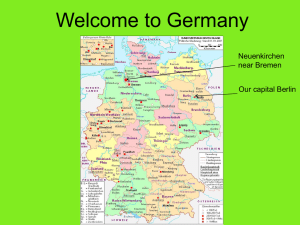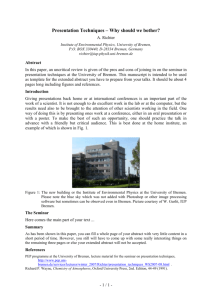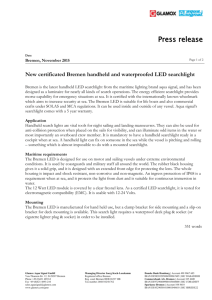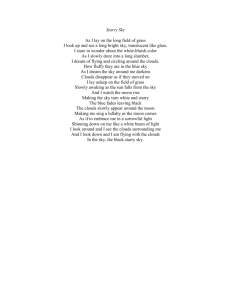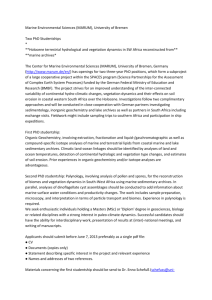Durch die Erde ein Blick in die Sterne
advertisement
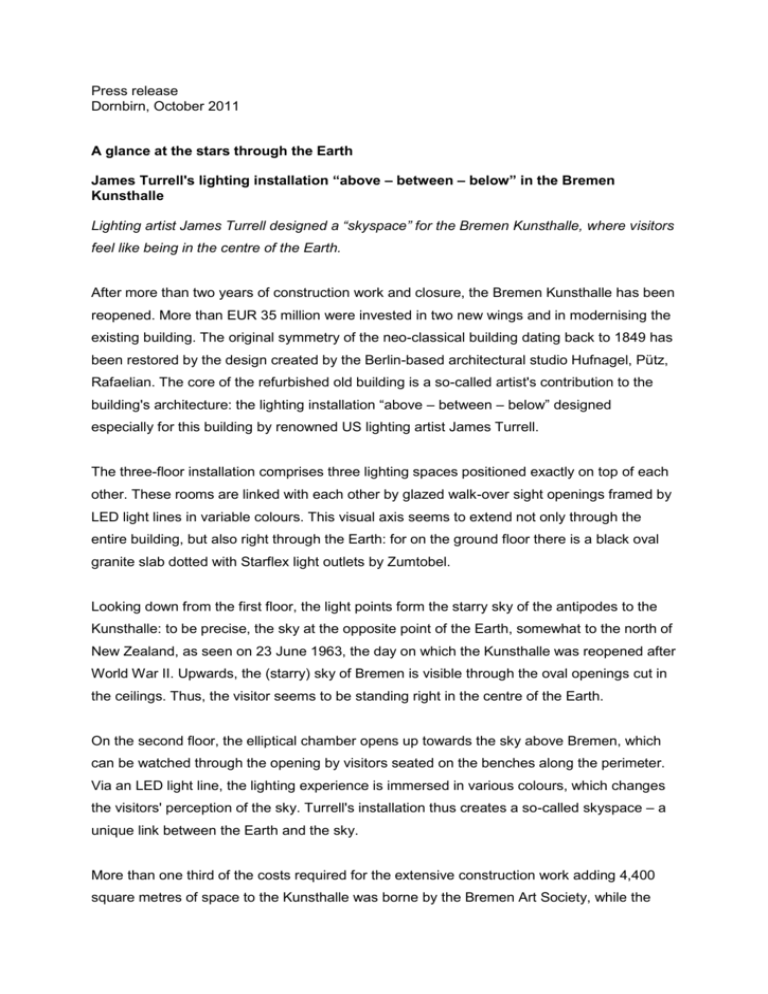
Press release Dornbirn, October 2011 A glance at the stars through the Earth James Turrell's lighting installation “above – between – below” in the Bremen Kunsthalle Lighting artist James Turrell designed a “skyspace” for the Bremen Kunsthalle, where visitors feel like being in the centre of the Earth. After more than two years of construction work and closure, the Bremen Kunsthalle has been reopened. More than EUR 35 million were invested in two new wings and in modernising the existing building. The original symmetry of the neo-classical building dating back to 1849 has been restored by the design created by the Berlin-based architectural studio Hufnagel, Pütz, Rafaelian. The core of the refurbished old building is a so-called artist's contribution to the building's architecture: the lighting installation “above – between – below” designed especially for this building by renowned US lighting artist James Turrell. The three-floor installation comprises three lighting spaces positioned exactly on top of each other. These rooms are linked with each other by glazed walk-over sight openings framed by LED light lines in variable colours. This visual axis seems to extend not only through the entire building, but also right through the Earth: for on the ground floor there is a black oval granite slab dotted with Starflex light outlets by Zumtobel. Looking down from the first floor, the light points form the starry sky of the antipodes to the Kunsthalle: to be precise, the sky at the opposite point of the Earth, somewhat to the north of New Zealand, as seen on 23 June 1963, the day on which the Kunsthalle was reopened after World War II. Upwards, the (starry) sky of Bremen is visible through the oval openings cut in the ceilings. Thus, the visitor seems to be standing right in the centre of the Earth. On the second floor, the elliptical chamber opens up towards the sky above Bremen, which can be watched through the opening by visitors seated on the benches along the perimeter. Via an LED light line, the lighting experience is immersed in various colours, which changes the visitors' perception of the sky. Turrell's installation thus creates a so-called skyspace – a unique link between the Earth and the sky. More than one third of the costs required for the extensive construction work adding 4,400 square metres of space to the Kunsthalle was borne by the Bremen Art Society, while the remaining part was financed by the Federation and the Land of Bremen. This non-profit association, founded nearly 200 years ago, has over 7000 members and is the body responsible for the museum. Thus, the Kunsthalle is the only German museum boasting an extensive art collection ranging from the 14th to the 21st century that is in private hands. US artist James Turrell became famous mainly for his skyspaces, installations with light and space and his life's work, the Roden Crater, an extinct volcano where a variety of celestial phenomena can be viewed in various skyspaces. Captions: Publication of this document is free if due acknowledgement is made: Harald Rehling B1 | Looking down from above, the Starflex light points installed in the granite slab reflect the starry sky of the antipodes to the Kunsthalle, as it could be seen, somewhat to the north of New Zealand, on 23 June 1963 – the day on which the Bremen Kunsthalle was reopened after World War II. B2 | Looking up through the openings cut into the ceiling, visitors can see the (starry) sky above Bremen. Thanks to the variable colours of the light lines, the visitors' perception changes continuously. B3 | James Turrell in the “skyspace” developed by him for the Bremen Kunsthalle. For more information, please contact: Zumtobel Lighting GmbH Nadja Frank PR Manager Schweizer Strasse 30 A-6851 Dornbirn Tel. +43-5572-390-1303 Fax +43-5572-390-91303 E-mail: nadja.frank@zumtobel.com www.zumtobel.com
